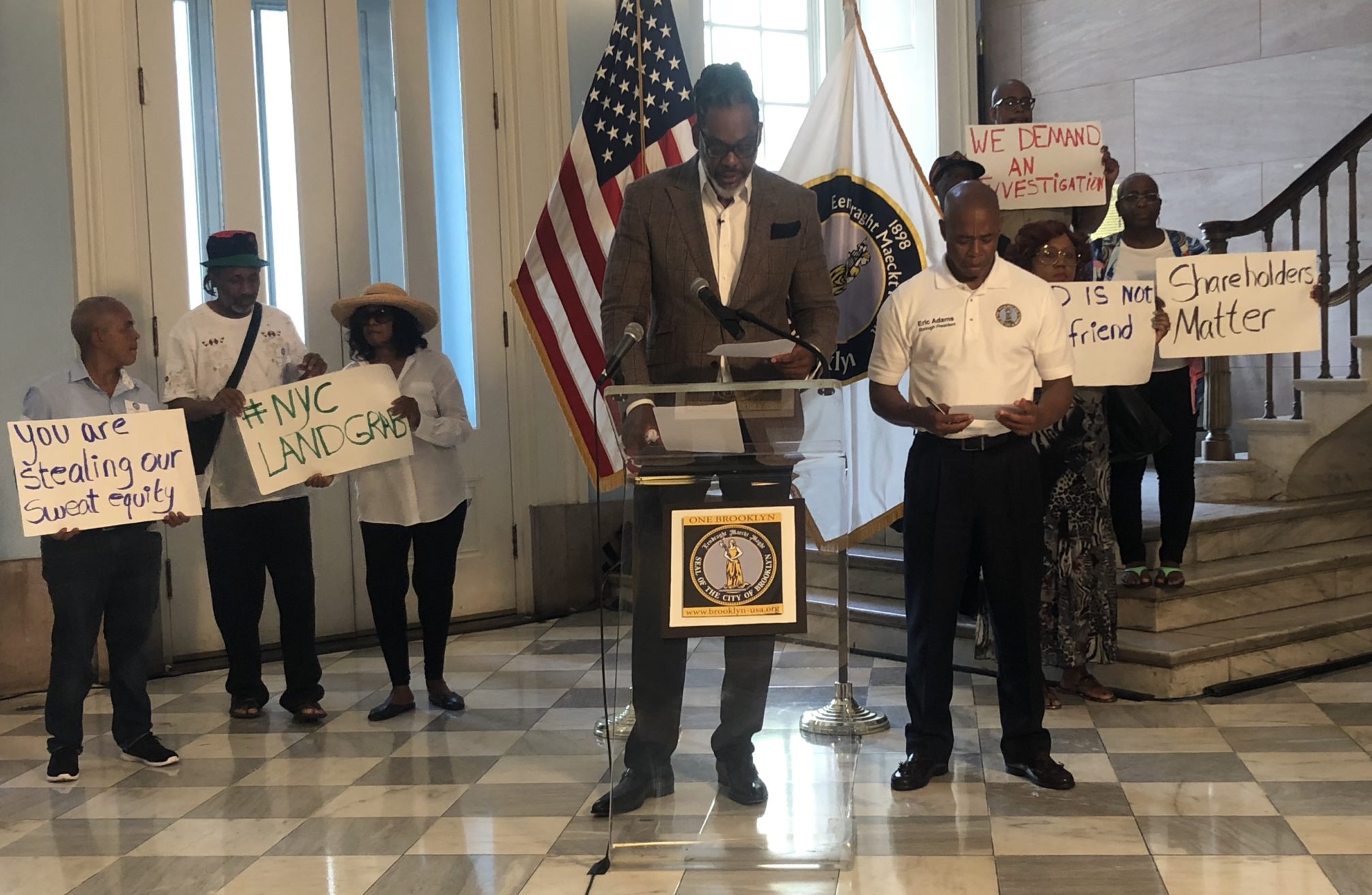The plan to fix NYC’s ‘racist’ home seizure program

Amid accusations of racism and malfeasance, local leaders unveiled their plan on Thursday to reform an embattled city-run housing program.
City Council member Robert Cornegy Jr., who represents a large population of black homeowners in Central Brooklyn, unveiled legislation on Thursday alongside Brooklyn Borough President Eric Adams that is set to overhaul the controversial Third Party Transfer program.
“It didn’t alarm anyone that HPD could potentially take 192 properties from Brooklyn while not even including not one property from Staten Island?” Cornegy asked at Thursday’s press conference.

Brooklyn Boro
View MoreNew York City’s most populous borough, Brooklyn, is home to nearly 2.6 million residents. If Brooklyn were an independent city it would be the fourth largest city in the United States. While Brooklyn has become the epitome of ‘cool and hip’ in recent years, for those that were born here, raised families here and improved communities over the years, Brooklyn has never been ‘uncool’.